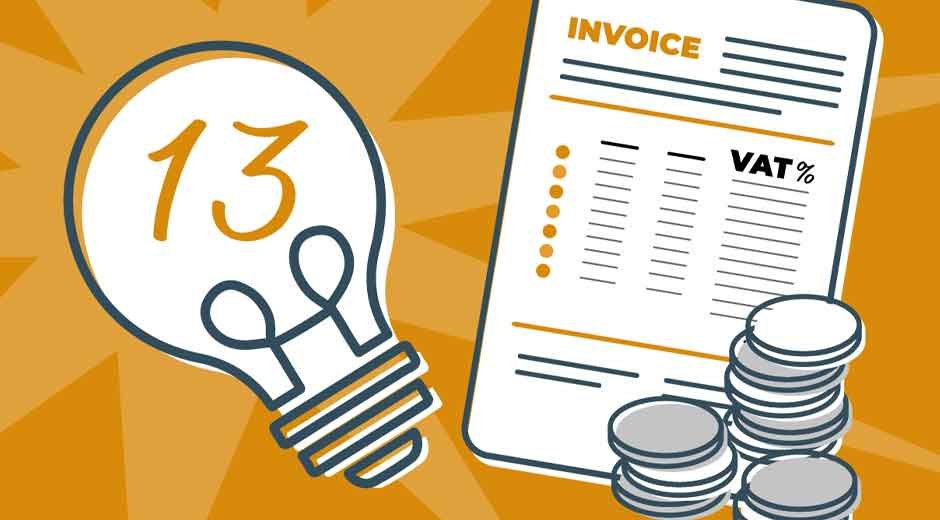Features of Design Review Tools That Optimize Feedback and Decision Making

In the design industry, feedback and decision-making are crucial for success. Design review tools have emerged as essential solutions to enhance these processes, which enable teams to collaborate effectively and make informed choices. With the right features, these tools foster smoother communication, help identify potential issues early, and streamline decision-making during the design phase.
The ability to optimize feedback and decision-making is critical in the modern business sphere. Effective design review tools enable real-time collaboration, encourage constructive criticism, and ensure that no detail is overlooked. By providing comprehensive features, these design review software play a significant role in shaping high-quality outcomes and minimizing costly errors.
Collaboration in Real-Time
One of the most powerful features of design review tools is the ability to facilitate real-time collaboration. Team members can view, comment, and modify designs instantly, thus making the review process more efficient and dynamic. This instant feedback loop ensures that ideas are captured quickly and any necessary changes can be implemented without delays. The collaborative environment also ensures that everyone, from designers to project managers, is on the same page. No matter where team members are located, they can contribute to the design process, which ensures faster decision-making and better results.
Clear and Actionable Feedback
Effective design review tools offer features that enable users to provide clear, actionable feedback. Such tools allow reviewers to highlight specific areas in the design that require attention. This helps ensure that feedback is specific and easy to understand, which leads to quicker implementation of improvements.
When feedback is precise, it becomes easier for the design team to prioritize and address critical issues. Clear workplace communication allows for better decision-making, which reduces the time spent deciphering vague or ambiguous comments. This leads to more effective and actionable revisions.
Controlling Version and Tracking History
Another essential feature of design review tools is version control and history tracking. This feature allows teams to track changes over time, ensuring that everyone is working with the most up-to-date version of the design. It also provides the ability to revert to previous versions if needed, which ensures that no critical elements are lost during the review process.
Integration with Other Tools
Design review tools often integrate seamlessly with other project management, communication, and design software. This feature streamlines workflows by connecting different aspects of the project into a unified system. For example, integration with project management tools ensures that feedback from the design phase is directly linked to tasks and timelines, which creates a cohesive process from start to finish. By syncing with other software, these tools help streamline the decision-making process. It ensures that decisions are made with a comprehensive understanding of the project’s context, thus reducing the risk of miscommunication and errors.
Customizable Workflow and Permissions
Design review software that offers customizable workflows and permission settings enables teams to tailor the review process to their specific needs. With customizable workflows, teams can establish clear approval processes, which ensure that the right people provide feedback at each stage. Permissions settings allow team leaders to control who can make changes or leave comments, thus ensuring that only authorized individuals can influence the design.
Design review tools with advanced features like real-time collaboration, clear feedback mechanisms, and version control significantly enhance the design process. These features ensure that feedback is actionable, decision-making is streamlined, and team collaboration is optimized. Thus, by integrating with other tools and offering customizable workflows, these tools empower teams to create better designs with fewer mistakes.





